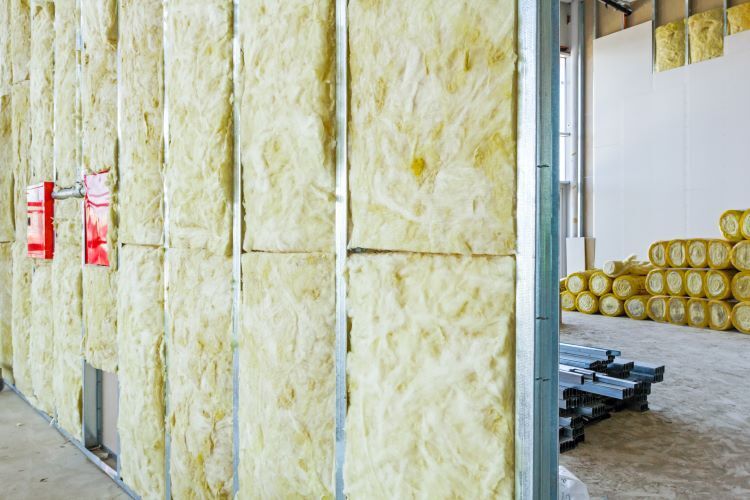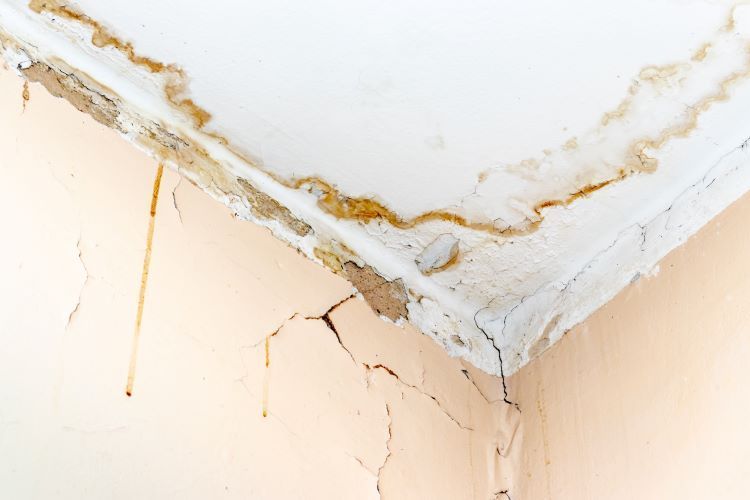How to Repair Drywall After Electrical or Plumbing Work

Renovations often mean updating electrical systems or plumbing, and these projects frequently require cutting into your drywall. While necessary, these repairs can leave unsightly holes and openings. Here at Windsor Drywallers, we understand the importance of restoring your walls to a flawless finish, so we’ve put together a guide on how to effectively repair drywall after electrical or plumbing work.
Step 1: Gather Your Materials
To achieve a seamless repair, start by gathering all necessary materials:
- Drywall patch (for smaller holes, use a patch kit; for larger holes, use a drywall sheet)
- Drywall saw or utility knife
- Measuring tape
- Sandpaper (120- to 150-grit)
- Joint compound
- Drywall tape (fiberglass mesh tape works well for small repairs)
- Putty knife
- Primer and paint to match the existing wall color
- Dust mask and safety glasses
Step 2: Assess the Damage
Examine the holes left by the electrical or plumbing work. Small, circular openings from wiring can be repaired quickly, while larger rectangular sections, such as those removed for plumbing repairs, require a more extensive approach.
- Small Holes (Under 1 Inch): Small, single screw holes can be filled with joint compound.
- Medium Holes (1–4 Inches): Use a patch or cut a piece of drywall to fit.
- Large Holes (Over 4 Inches): Use a drywall patch or a new drywall piece and reinforce with mesh tape.
Step 3: Cut a Clean Area Around the Hole
If the hole isn’t already even, use a utility knife or drywall saw to cut it into a neat square or rectangle. This makes it easier to fit a new drywall patch.
- Use a straightedge or level to mark even lines around the hole.
- Ensure any electrical or plumbing components are safely recessed in the wall before proceeding.
Step 4: Measure and Cut a Patch
For larger holes:
- Measure the hole and transfer those measurements onto a new piece of drywall.
- Cut a drywall patch slightly smaller than the hole, so it fits neatly within.
- If the hole is smaller, consider using a self-adhesive mesh patch.
Step 5: Attach the Patch
With the patch prepared, you’re ready to secure it to the wall:
- For small patches, simply press the adhesive patch over the hole.
- For larger patches, place a piece of backing wood (like a furring strip) behind the hole for stability. Secure it with drywall screws to hold the patch in place.
- Place the drywall patch over the hole and secure it with drywall screws if necessary.
Step 6: Apply Drywall Tape
For seamless blending:
- Place drywall tape over the edges of the patch. Fiberglass mesh tape is ideal for larger patches and offers strong adhesion.
- Press firmly to ensure it sticks without air bubbles or wrinkles.
Step 7: Apply Joint Compound
To create a smooth finish:
- Spread a layer of joint compound over the patch and surrounding tape using a putty knife.
- Feather the edges so it blends smoothly with the wall surface.
- Let the first coat dry, then sand it lightly with 120-grit sandpaper to smooth any ridges.
- Apply a second coat if needed, and sand again after it dries.
Step 8: Prime and Paint
To complete the repair:
- Prime the patched area to ensure the paint adheres evenly.
- Once the primer dries, paint the area to match your wall color. Use the same paint finish (e.g., matte, eggshell, or satin) for a seamless look.
Preventing Future Drywall Damage
If you anticipate further electrical or plumbing work, consider installing removable wall panels or adding a service access panel in areas frequently worked on. This approach can save you time and effort in the future by reducing the need to cut into drywall.
When to Call a Professional
While small repairs can be a manageable DIY project, larger holes may benefit from professional expertise. At Windsor Drywallers, we have the tools, materials, and experience to repair any drywall damage quickly and with precision, ensuring your walls look like new.
Conclusion
Repairing drywall after electrical or plumbing work doesn’t have to be a hassle. By following these steps, you can restore your walls to their original condition. If you need help with a more complex repair, contact Windsor Drywallers—we’re here to provide reliable, high-quality service for your home.
You might also like


